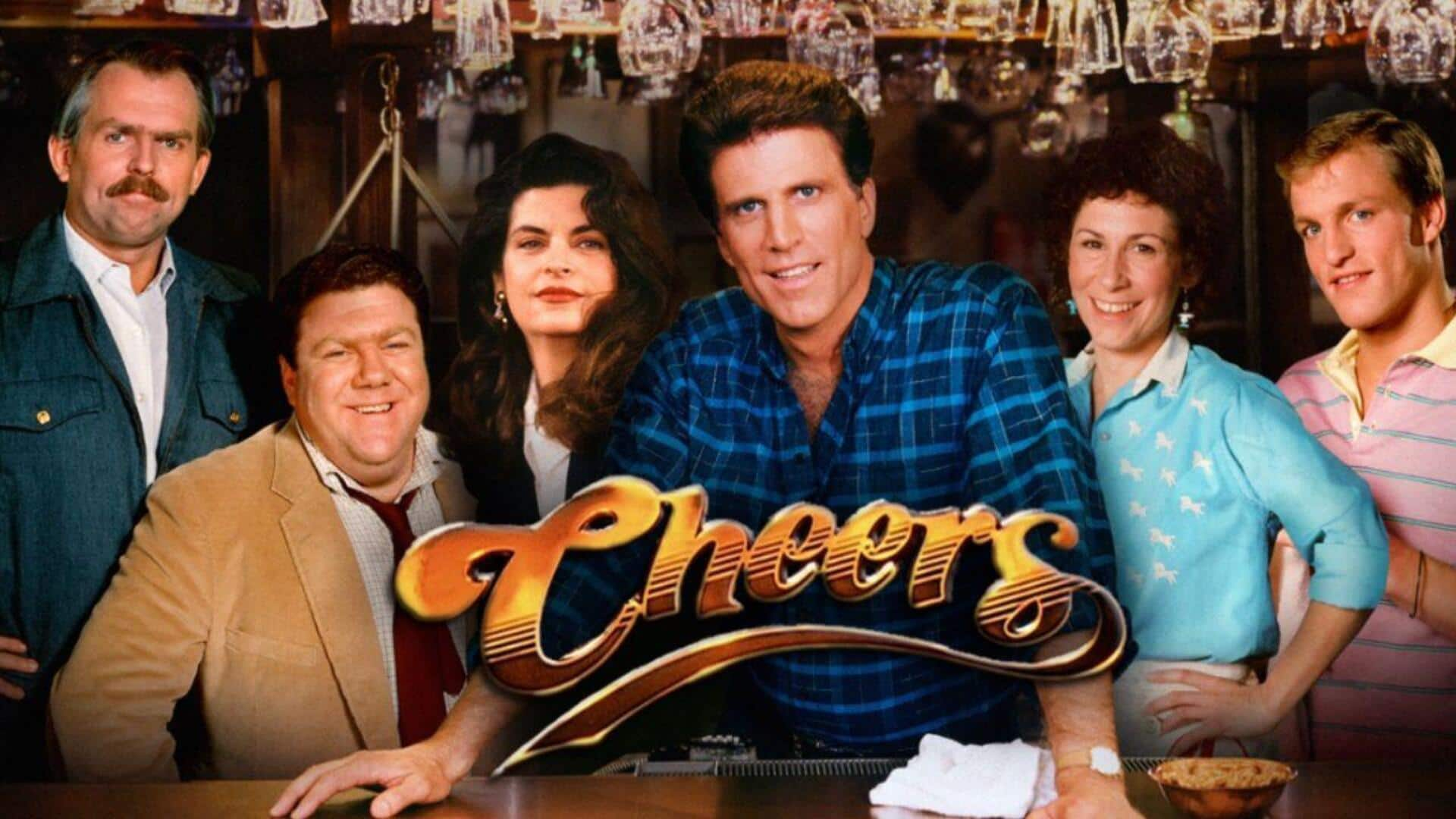
How 'Cheers' perfectly captured '80s bar culture
What's the story
The television show Cheers gives a peek into the bar culture of the 1980s, mirroring the social norms and interactions of the time. Set in a Boston bar, it embodies the spirit of community gathering spots back then. The show offers insight into how such places acted as social hubs, where people from different walks of life came together. Here are some aspects of '80s culture as shown in Cheers.
#1
Social dynamics and interactions
In Cheers, the establishment is a place where people from different walks of life come together regularly, emphasizing the fact that it's more than just a venue. It depicts how such places created connections and friendships, with regulars sometimes knowing each other by name. The feeling of belonging and community is what made establishments so important in the 1980s as social venues to network and maintain relationships outside of work/formal settings.
#2
Role of bartenders
Bartenders in Cheers are shown to be more than just servers. They're confidants and advisors to their patrons. This portrayal emphasizes the role bartenders had in the '80s bar culture as trusted figures who listened to personal stories and offered advice or comfort when needed. Their presence was integral to creating an inviting atmosphere where customers felt at ease sharing their lives.
#3
Entertainment and activities
The show features all the entertainment forms you would typically find in venues in the '80s, whether it's trivia nights or live performances. These were integral to pull in customers seeking entertainment options beyond home theaters or cinemas. By hosting captivating events, venues transformed into vibrant places where people could decompress after work or celebrate milestones with friends.
#4
Fashion trends reflected in bars
We also see a lot of 1980s fashion trends among the Cheers characters. The patrons often donned casual, yet fashionable outfits reminiscent of popular fashion trends like denim jackets or colorful sweaters of that decade. This further shows how one's fashion was a part of their identity in such social spaces, while also emphasizing changing tastes over the years.